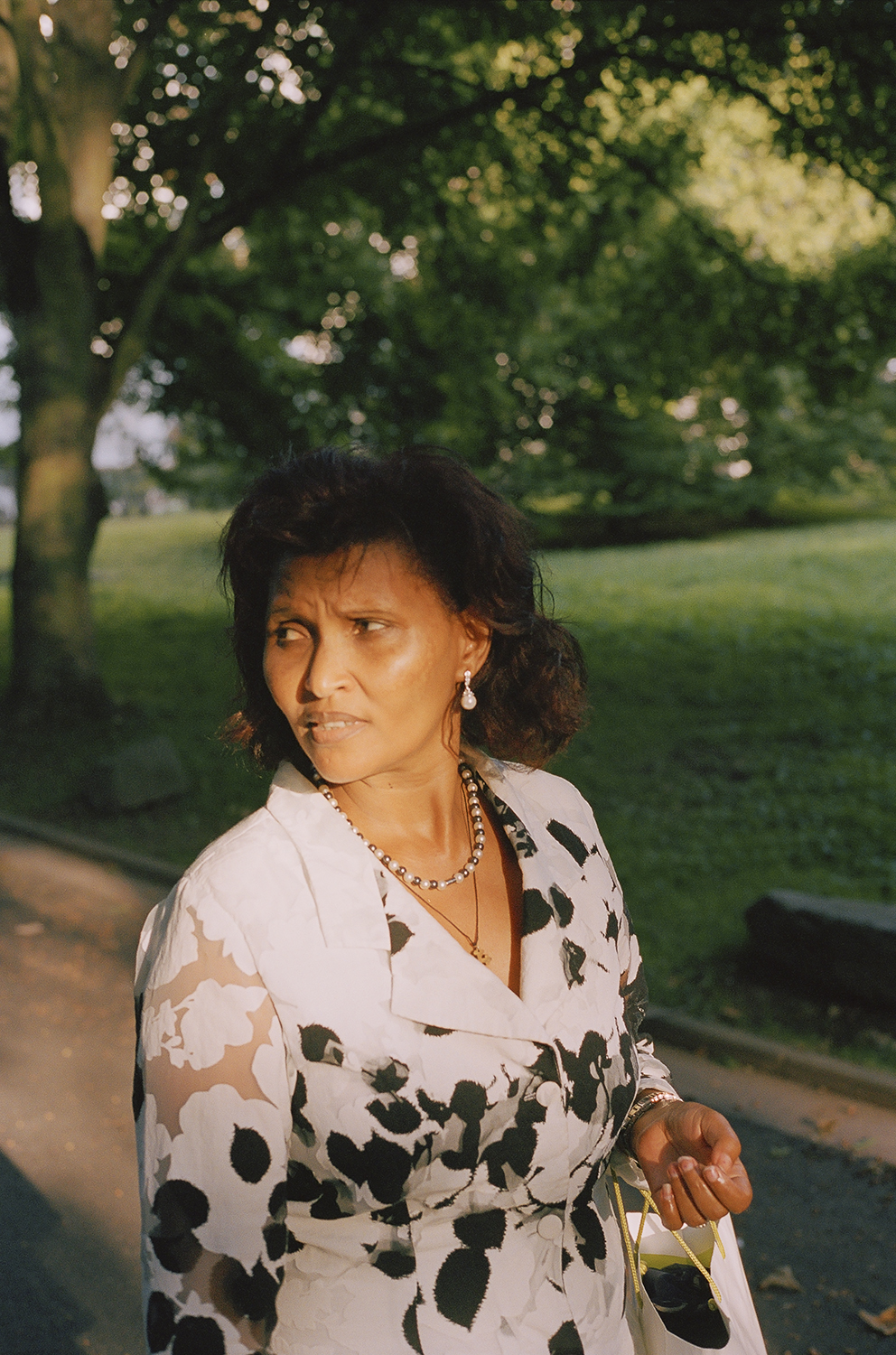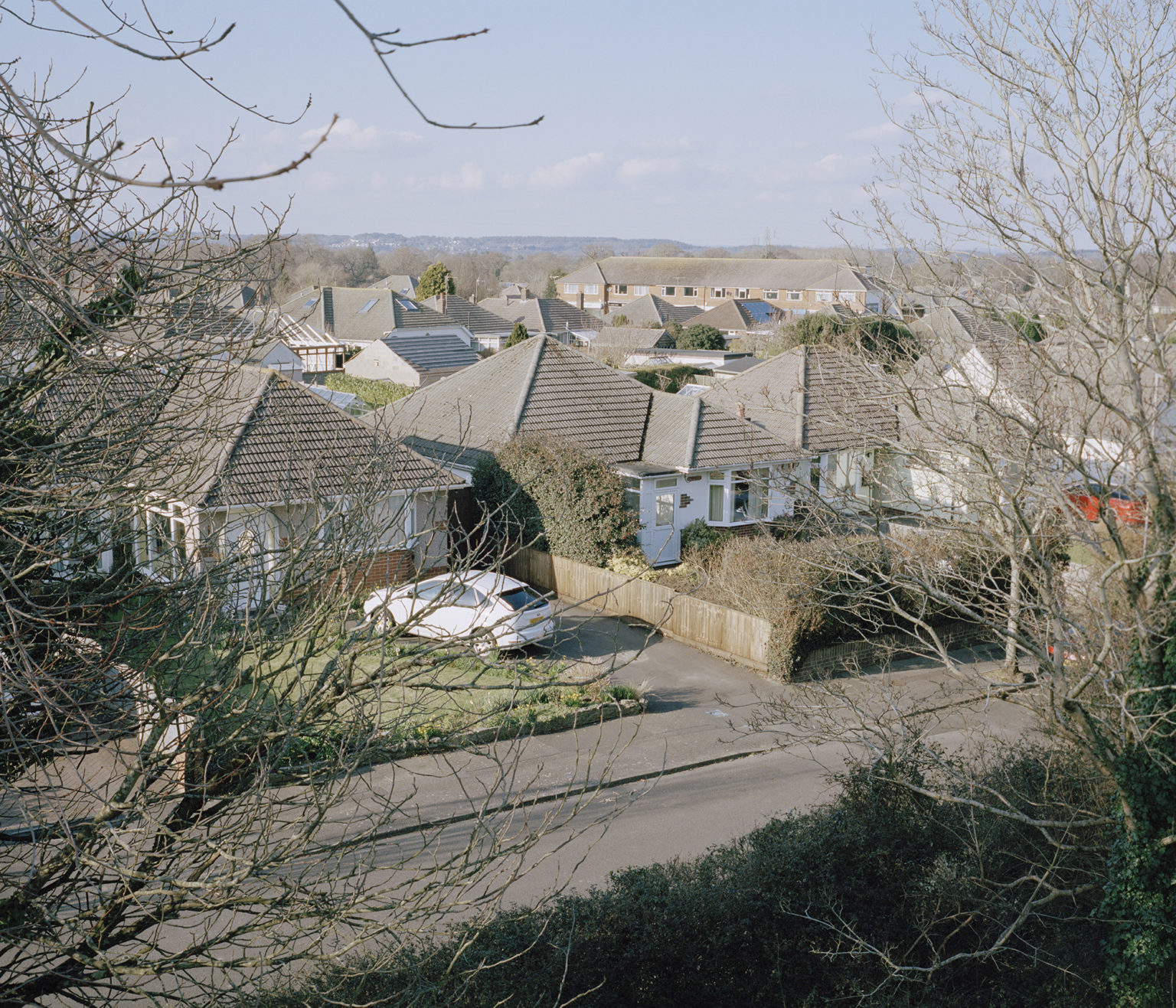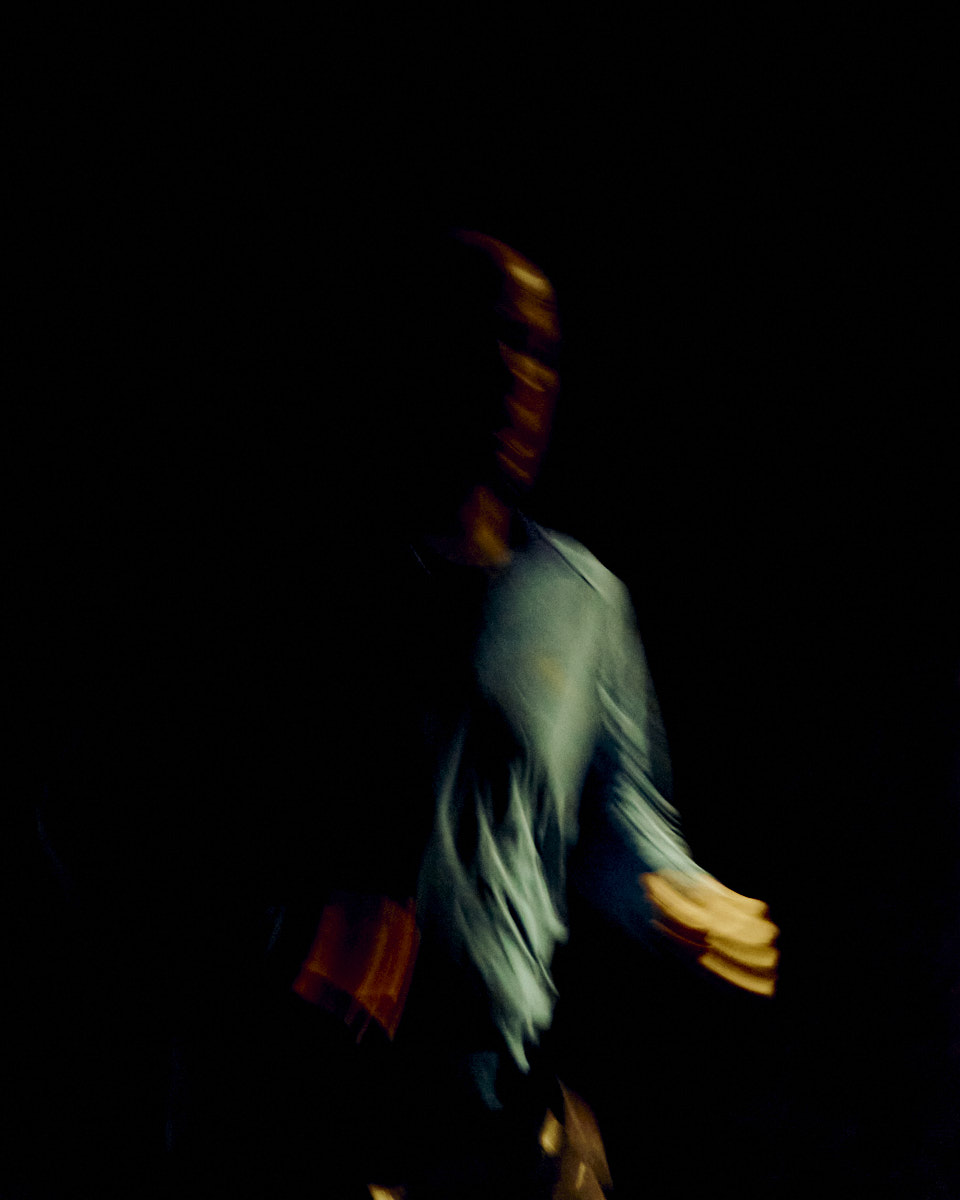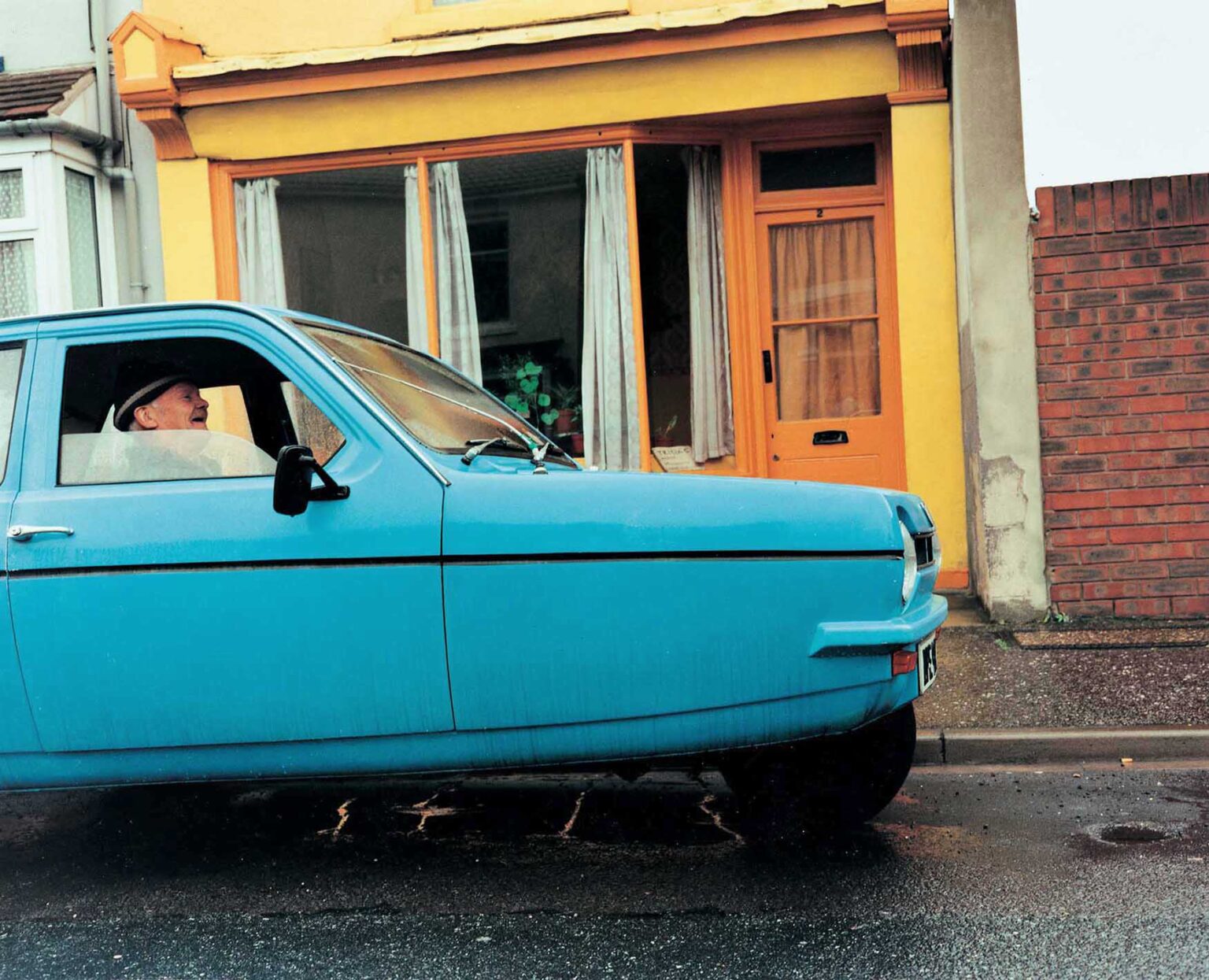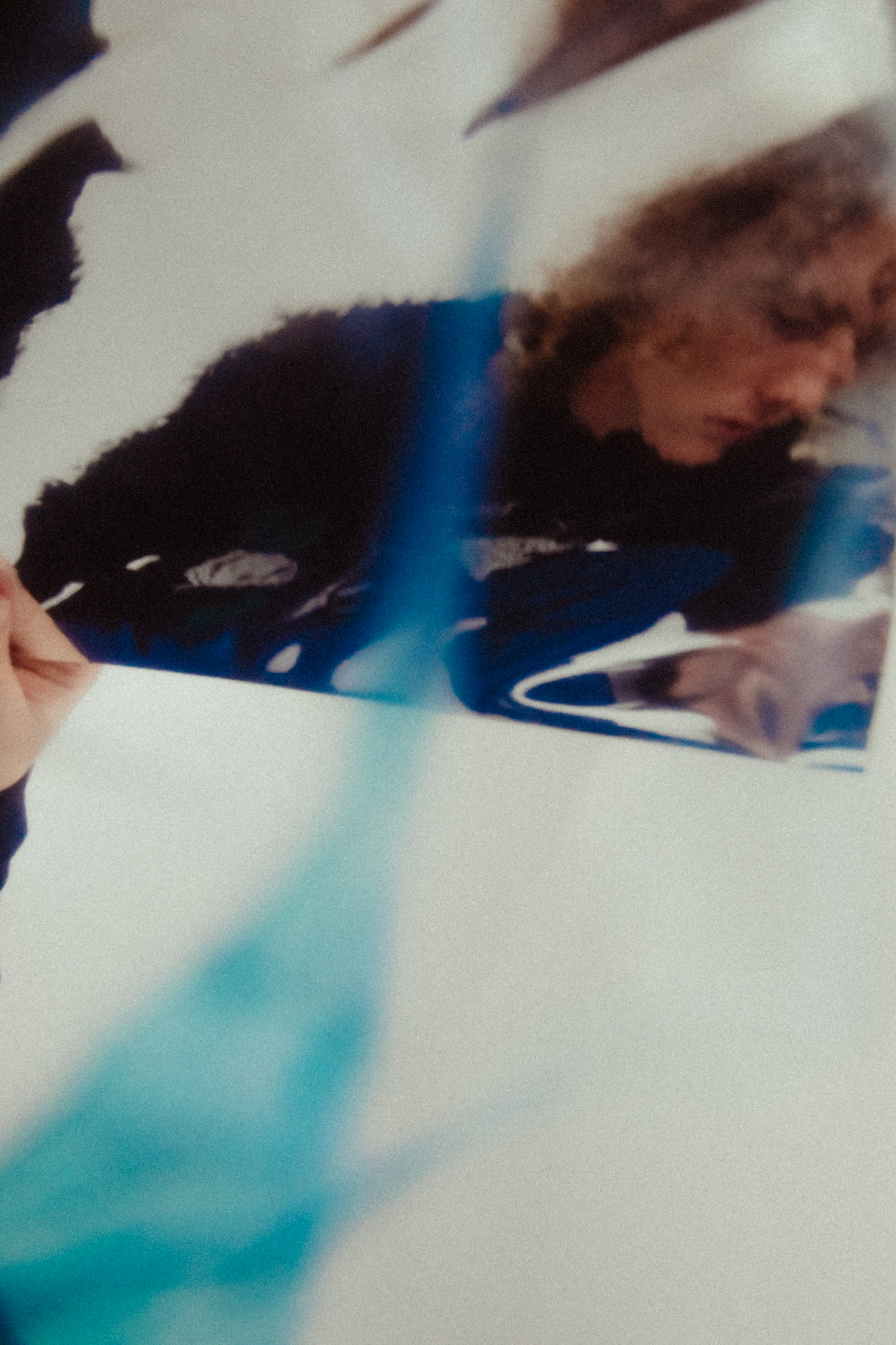Paris based photographer Paul Lehr shares his opinions and experiences from his series ‘Feindesland’, following two women who, “In their youth lived among rebels: On the Eritrean front, Selam fought and Almaz sang against the Ethiopian occupiers. Today, almost forty years later, both live in Frankfurt and belong to hostile political camps.” Lehr discusses some of the difficulties of planning a project that requires such sensitivity, and explores some of the messages and themes within his work.

How would you describe yourself as a photographer, what do you look for in your work?
I like to be a stranger, especially as a photographer. Being a curious person, I have always been fascinated by unknown places and by situations that at first seem foreign to me; I like to immerse and lose myself in them. But my work is also driven by the longing to gain a deeper understanding, to find out what makes a place special and which desire brings the people I encounter there to this particular site.
Looking at one of your series ‘Feindesland’ – How did you come to start this project and could you tell me a little about why you started the series?
The background to the project “Feindesland” was the suicide of a young Eritrean refugee in Germany in 2016. Together with a journalist, I visited the biggest community of Eritrean refugees in Frankfurt, Germany. But this community itself is deeply divided in their point of view about the political conflict of Eritrea: Some sympathize with the opposition, others with the dictatorship. Through photography, I was exploring the visibility of an inner conflict. I have portrayed two women that, in the past, have fought for an independent Eritrea; one as a singer, the other as a soldier. Both now belong to opposite and hostile political camps. To me, the two women represent a conflict, but also a shared history and the same longing and loneliness of a life spent in exile. I found it to be very exciting and challenging to find pictures for a conflict which is not obvious, but lies under the surface.
What was your most important experience from this project?
I would say that I learned to trust chance. Before starting the project, I had been worrying a lot about the potential story, probably because of its political context but also because it had been difficult to plan beforehand. In the end, we went to Frankfurt with only one appointment and had to wait and see what happens next. I soon realized that I had to free myself from my original ideas and thoughts and worked with the moments and encounters that presented itself. I no longer wanted to show certain political aspects in the pictures, but rather focused on the characters of the two very different women I encountered; a change that was also visible in my photographic approach.
You mention difficulties planning the series?
It was due to the fact that nobody seemed to fully trust us. The discomfort in facing journalists and photographers was immense, I am convinced that a lot of the people we met have had bad experiences in the past. Many wished not to be photographed and we talked to people who agreed to tell us their stories, but did not want to be quoted. I fully understood all these reactions, regarding the circumstances. But for us, it created difficulties, since we were hoping to find protagonists from both political camps which we could cite under their real name and of whom we could publish photographs. Luckily, the Eritrean community there is very well connected, so when we had managed to overcome the suspicion and to ‘break the ice’ with someone, people opened up and we often got advice such as “Call him/ her, maybe they can help.” This is how we found our second protagonist.
What were your thoughts photographing something with such a political story, were you nervous about any backlash or criticism?
My experiences with the Eritreans in Frankfurt made me even more aware of the political dimension and the situation in Eritrea itself. What made me less nervous, I think, is that I tried to handle this topic very carefully in showing two people in their daily routines, rather than searching for obvious pictures that were somehow “showing” this conflict in an obvious way. I tried to show how people that have fled a country and a conflict, but are in many ways still living with it. While shooting this project, I was thinking a lot about how to avoid pictures that try to explain a political situation, because that was not what I was interested in. I did not want to be drawn to certain motives by a political idea, but rather to give these two women as much freedom as possible and to interact with them.
Do you feel all your work is in some way political?
I would not describe myself as a political photographer as my work does not focus only on political topics. But I am always interested in the political dimensions, and sometimes that becomes visible in my work. For the series ‘Casablanca’, I have been shooting young people from the Ultra Fan-group of the football team, before, while and after a big match. These young men had an immense motivation and energy but, as we found out, were often unemployed and seemed still to be looking for their place in society. So to me, the series has a second dimension, talking about belonging, tension, the wish for recognition, resignation, and patriarchalism. While I am exploring a certain place, sometimes social and political aspects emerge, through encounters or events that I witness which sometimes bring new aspects to my original idea. This is what I love about being a photographer: For me, it is impossible to plan everything beforehand, because the most important and interesting part of my projects is the time I spent with people, getting to know them, to be very open and to see where the story takes me.

